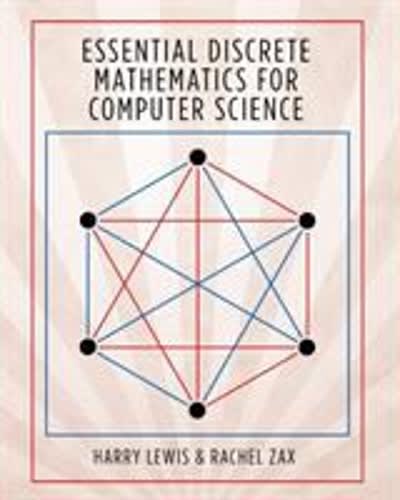Question
Experts frequently proclaim that in sports the home team has an advantage, and this advantage only amplifies during the playoffs. A jammed-packed Yankee Stadium playoff
Experts frequently proclaim that in sports the home team has an advantage, and this advantage only amplifies during the playoffs. A jammed-packed Yankee Stadium playoff game causes tremors in the Bronx, as energy reverberates out of the stadium. However, is this just an assumption based off of the revved-up energy of the playoffs, or does the advantage for home teams actually increase during the playoffs? To investigate this idea in the NBA (National Basketball Association), a NBA data scientist keyed in on the post-modern era (2014-present) and acquired a random sample of 64 playoff games. The data scientist found that the home team won 42 of the 64 games. In all NBA regular season games during that time, the home team won 58% of their games. Testing at the = 0.05 level, does the sample data suggest that during the playoffs the home court advantage greater than during the regular season?
- State the null and alternative hypotheses. What is the level of significance, and what type of tailed test is this?
- Are the criteria for the test satisfied? Verify/explain.
- Calculate the test statistic.
- Find the P-value, making a note of any/all calculator/software used. What is your conclusion
- Interpret in the context of the problem.
- What would a Type I error be in the context of this problem?
- Your nemesis Stephen A. Smith constructs a 95% confidence interval seen below before you do, and proclaims, "how yaaa like demmm apples." ( , + ) = (0.531, 0.766) Without calculating anything, does notorious Dallas Cowboy hater Stephen A. Smith's confidence interval support your conclusion from the hypothesis test? Explain why it does or doesn't in a sentence or two
- Now, suppose that you want narrower interval than Stephen A. Smith's interval. You want the bound on the error to be within 7.6%. However, lacking insider knowledge, you do not have any knowledge of what a preliminary estimate of the population proportion, p, should be. How large of a sample would you need to accomplish this goal?
Step by Step Solution
There are 3 Steps involved in it
Step: 1

Get Instant Access to Expert-Tailored Solutions
See step-by-step solutions with expert insights and AI powered tools for academic success
Step: 2

Step: 3

Ace Your Homework with AI
Get the answers you need in no time with our AI-driven, step-by-step assistance
Get Started


